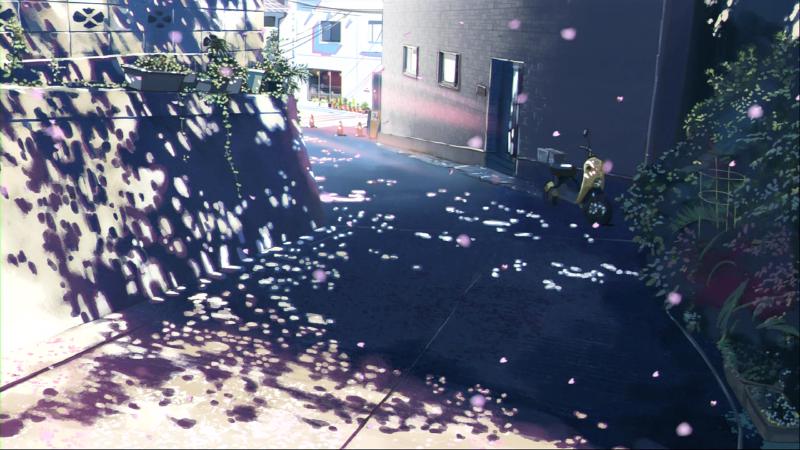前排提示,本文使用方法搭建出来的静态博客需要科学上网才能访问。
开始
我们先来看看 Telegraph 是个啥子东东,这是官网的介绍
Telegraph 并不强调内容管理方这一概念,真正做到了「人人都是媒体」。通过 Telegraph 发布的文章,理论上来说不会存在删除的危险,并且由于会产生一个独立的网址链接,所以我们发布的内容可以完全公开在万维网上。我们可以随时随地、匿名发布任何消息,一切不会受到任何监管。「匿名、不受监管」,这应该就是 Telegraph 所强调的自由。
简单来说,只要进入 https://telegra.ph 并编辑本章,点击 Publish ,你的文章就会被匿名地公开到万维网,并且长期保存。 Telegraph 支持上传图片、MarkDown格式。这些操作并不需要你注册 Telegram 账户。
值得注意的是,一旦浏览器清空缓存后,文章将不可再编辑。
接口发布
博文
发布文章的方式一共有两种,一种就是上面提到的直接在网站中编辑内容。另一种就是通过接口的方式发布。
接口文档:https://telegra.ph/api
创建文章接口
| 参数名 | 类型 | 是否必须 |
|---|---|---|
| access_token | String | Required |
| title | String | Required |
| author_name | String | Optional |
| author_url | String | Optional |
| content | Array of Node | Required |
| return_content | Boolean, default = false | Optional |
其中 access_token 通过 createAccount 接口注册获得。
author_url 可以指向任何外链。
content 中的 Node 为类似 HTML 的结构实体组成,如下:
public class HtmlNode {
private String tag;
private Map<String,String> attrs;
private List<Object> children;
}
构造 Map ,发送 Http 请求
public String publicBlog(List<String> imgSrc, String topic) {
List<HtmlNode> nodes = new ArrayList<>();
HtmlNode imgNode = new HtmlNode();
Map<String, Object> map = new HashMap<>();
for (String s : imgSrc) {
Map<String, String> attrsMap = new HashMap<>();
imgNode.setTag("img");
attrsMap.put("src", s);
imgNode.setAttrs(attrsMap);
if (s.contains(".jpg")) nodes.add(imgNode);
}
HtmlNode topicNode = new HtmlNode();
topicNode.setTag("h3");
List<String> topicChild = new ArrayList<>();
topicChild.add(topic);
topicNode.setChildren(Arrays.asList(topicChild.toArray()));
nodes.add(topicNode);
map.put("access_token", "1sad2910nc90cn13caw7d2e211dcsa212a");
map.put("title", "PH Second Blog Page");
map.put("author_name", "Philomel");
map.put("author_url", "https://t.me/xxx");
map.put("content", JSON.toJSONString(nodes));
map.put("return_content", false);
String resp = HttpRequest.post("https://api.telegra.ph/createPage")
.useProxy(PROXY_IP, PROXY_PORT)
.form(map)
.body();
return JSON.parseObject(resp).getJSONObject("result").get("url").toString();
}
接下来访问回调参数中的 url 即可。
图床
图床接口使用:https://telegra.ph/upload
直接构造一个带有 file 的 Http请求 即可:
public String uploadTgraph(File file,Proxy proxy) {
return HttpUtil.createPost("https://telegra.ph/upload")
.setProxy(proxy)
.form("file", file)
.execute()
.body();
}
从回调参数获取 url 。
文章示例

